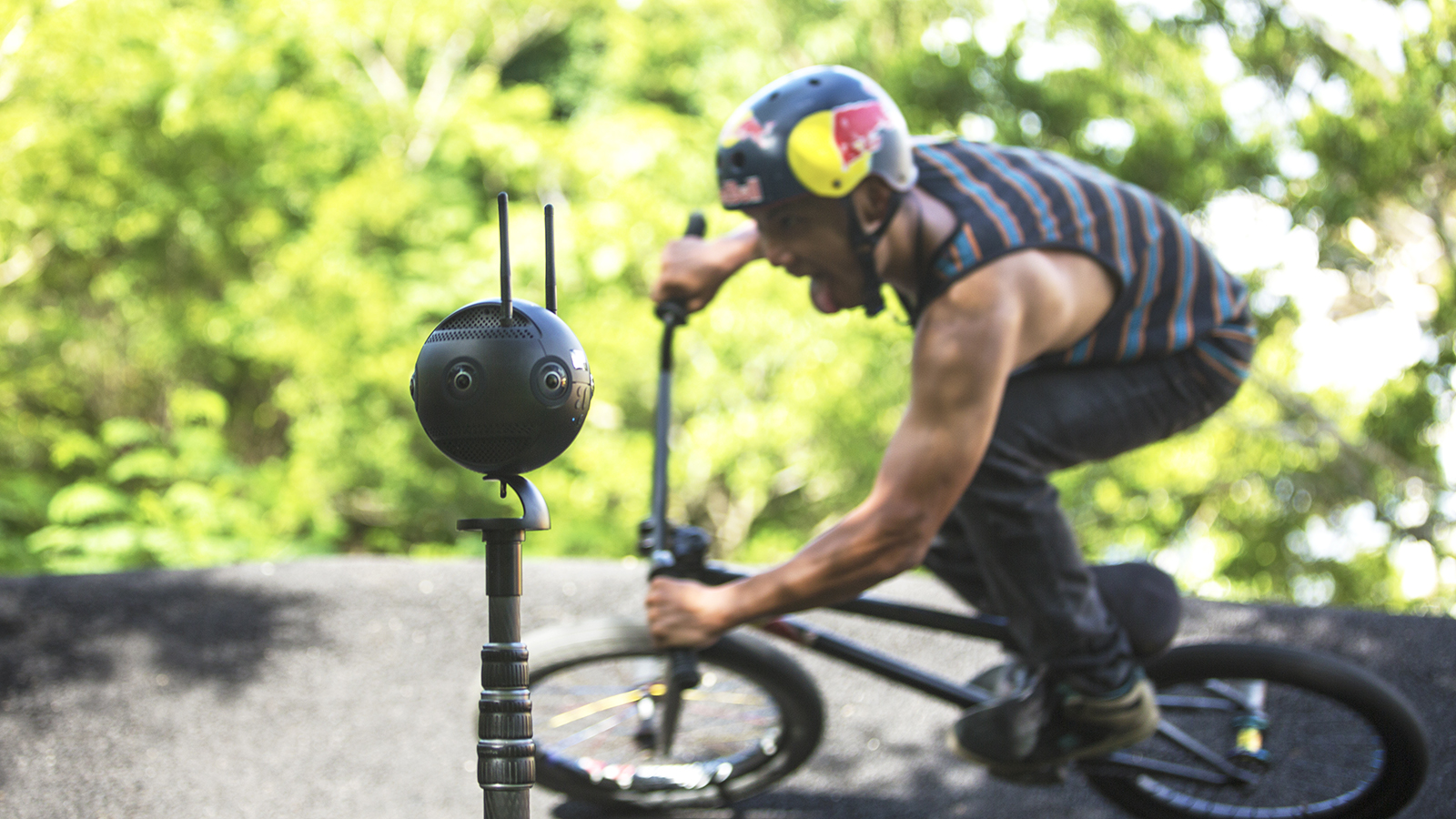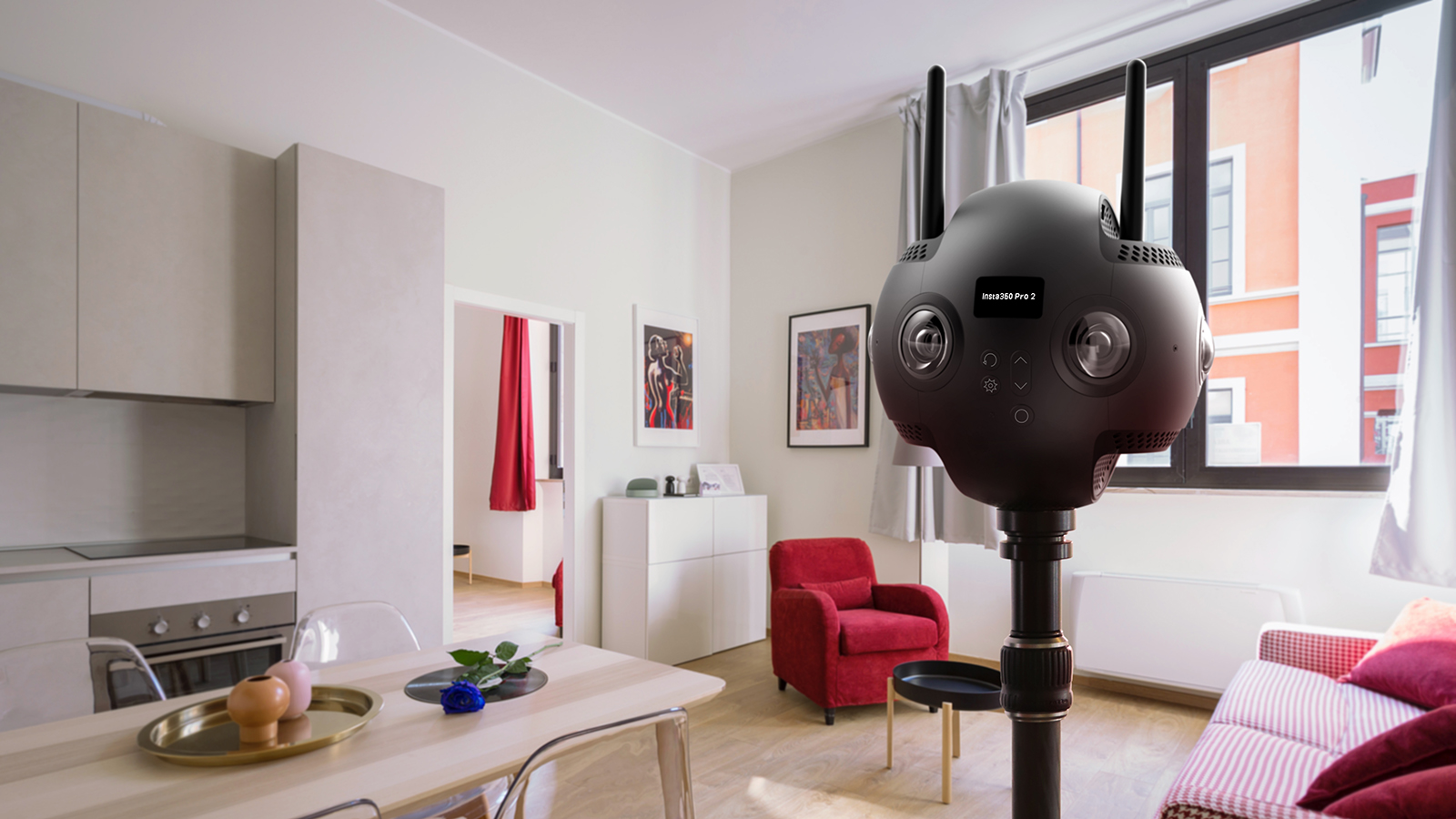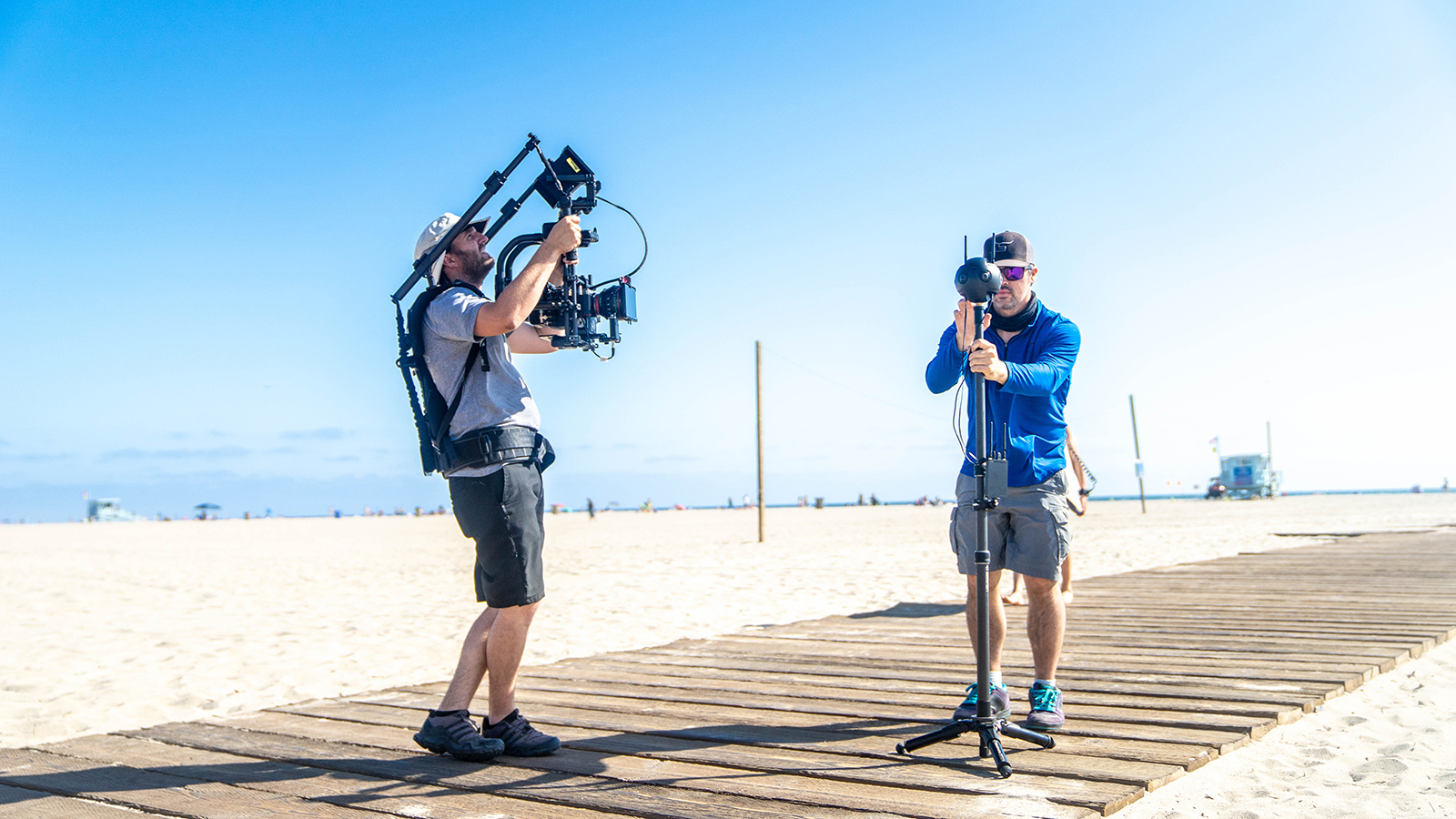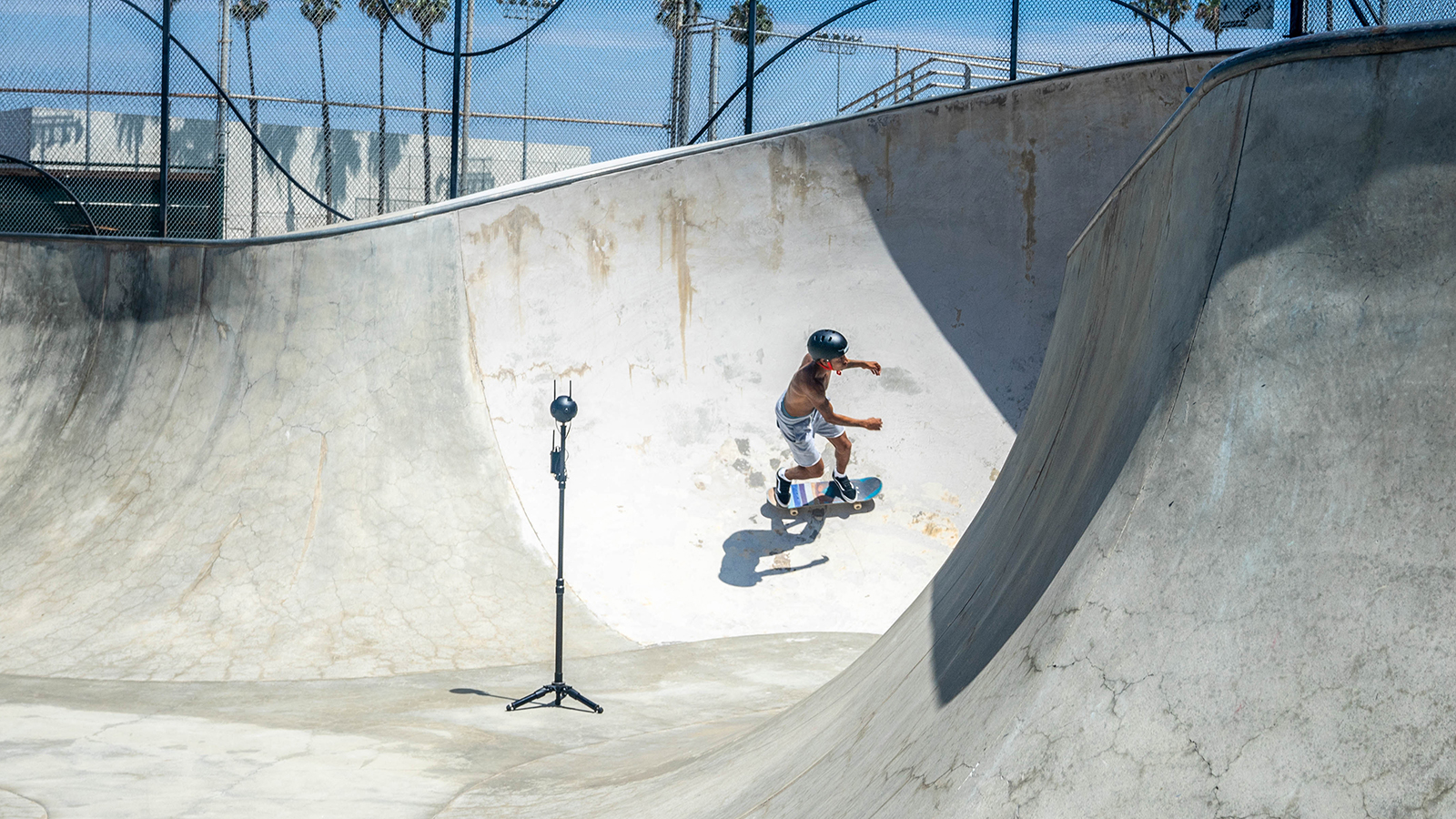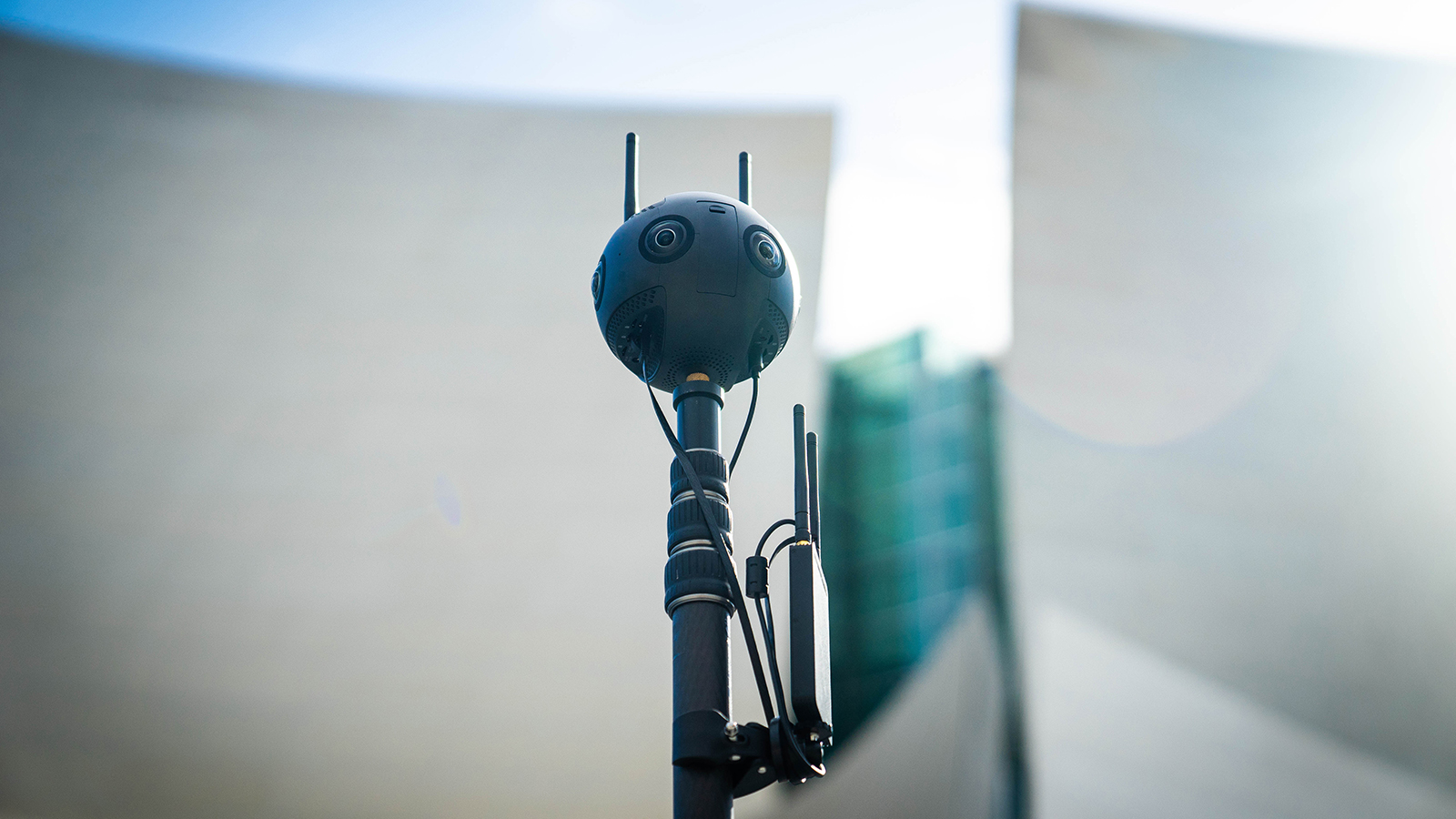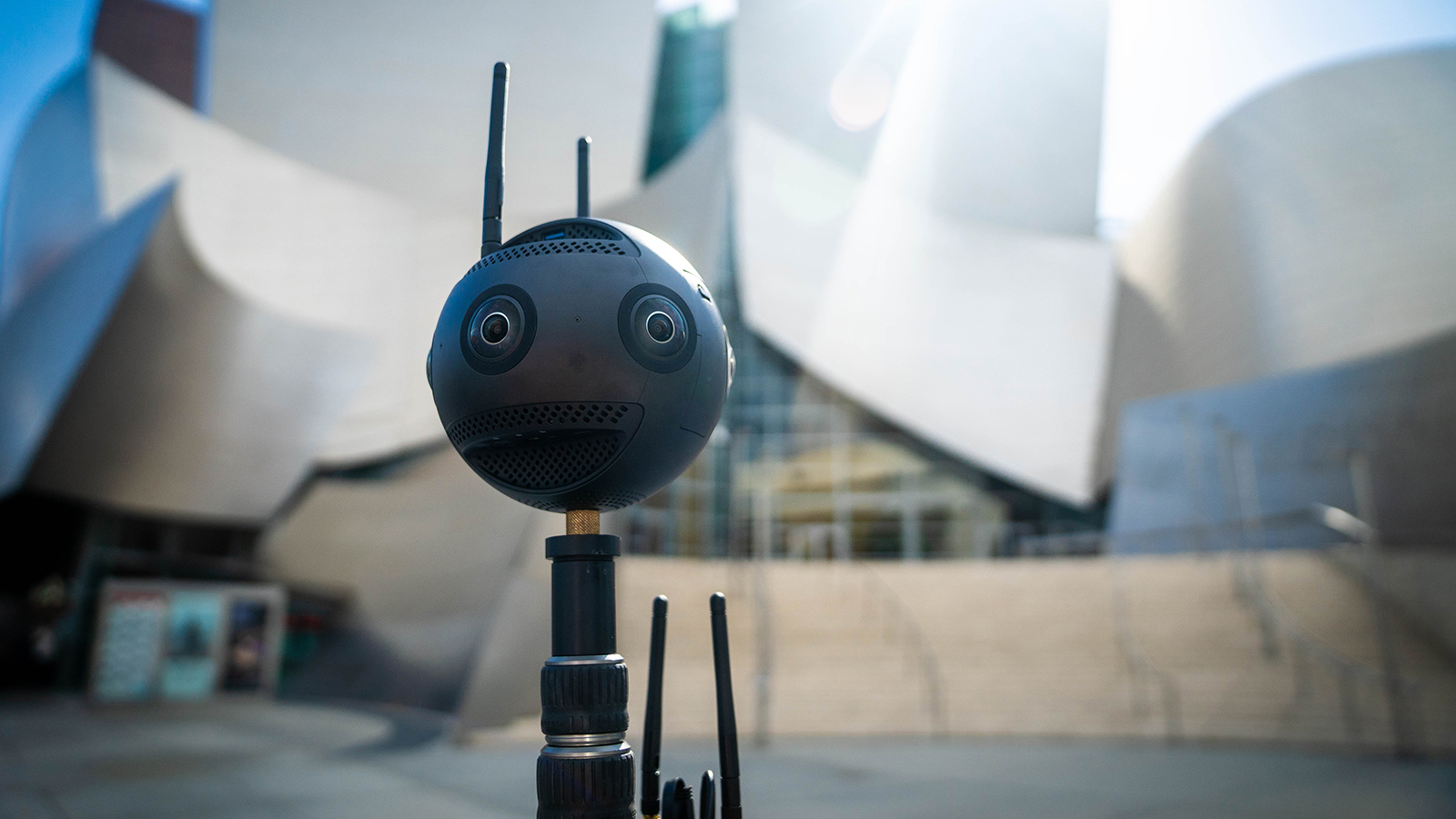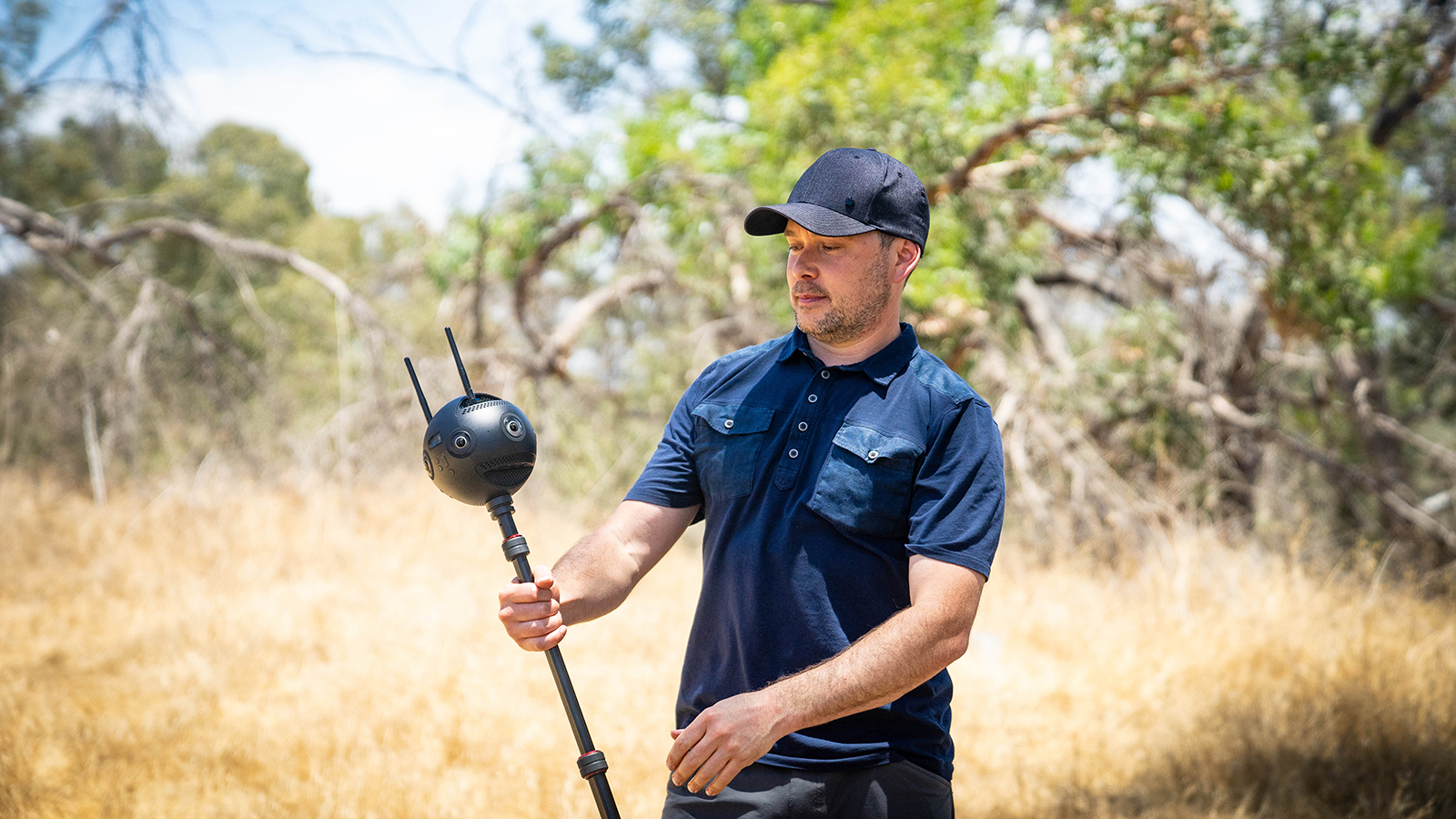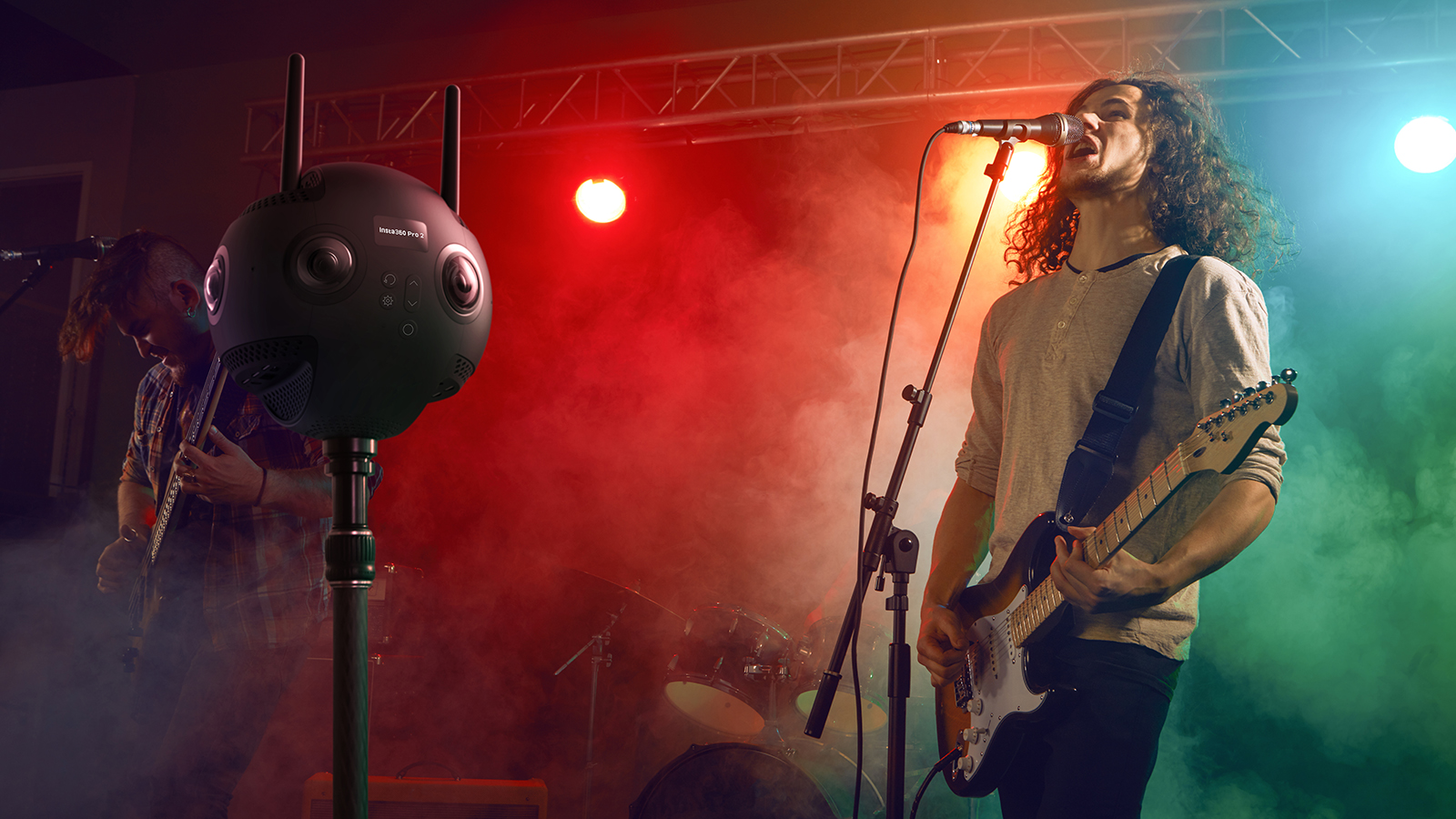Insta360’s pro-level immersive camera is getting an 8K upgrade — but more importantly, you’ll be able to watch that 8K footage on a standard 4K headset. On Tuesday, Aug. 21, Insta360 launched the Insta360 Pro 2, a ball-shaped six-lens virtual reality camera. Besides packing in 8K 3D videos, the Insta360 Pro 2 brings stabilization to pro-level 360 for the first time and creates a streamlined editing process thanks to a partnership with Adobe.
When stitched together, the camera’s six lenses create an image that’s rated at an 8K resolution for each eye. 8K footage can be shot in 3D at 30 frames per second or non-3D at 60 fps. A 6K mode is available to achieve both 3D and 60 fps simultaneously, while dropping to 4K enables 120 fps for slow-motion. The Pro 2 will also shoot in-camera HDR and also includes i-Log for preserving more dynamic range. Each camera module has its own microSD slot, with a main SD card to store the necessary metadata for stitching and stabilization. The camera also has two USB and 3.5mm audio jacks. A GPS is also built-in for Street View and other similar tasks.
All that resolution may create great detail, but headsets like the Oculus Go and Samsung Gear VR and most smartphones only have the processing power for 4K resolution. It’s a chicken-before-the-egg problem in the VR industry, since without good 8K footage, there’s not much sense in trying to fit enough power to manage large 8K files into a headset. But an 8K video in the 360 format isn’t the same as an 8K video in the traditional aspect ratios — and that’s how Insta360 plans to allow viewers to actually get 8K on a 4K device.
The 8K resolution describes the entire 360-degree spherical area, not just the field of a view of a viewer sees at any one moment. Using what the company calls CrystalView, the Insta360 playback app only renders what’s on the screen instead of the complete view. That means that 8K resolution doesn’t overburden the playback device, with may otherwise struggle to handle all those extra pixels.
Insta360 is integrating more than just high resolution — the company says its the first pro-grade 360 camera to include stabilization (smaller consumer 360 cameras like the GoPro Fusion have stabilization). Insta360 says that the new FlowState technology is as good as a standalone gimbal. There’s a gyroscope inside the camera, and since the camera is already capturing video in every direction, the Insta360 software can reframe footage to stabilize the shot without sacrificing detail.

360 content on a professional level is difficult because, well, where do you hide the crew? Rather than using the usual Wi-Fi to control the camera from a distance, the Insta360 Pro uses a bespoke 5.18 GHz transmitter and receiver which allows the crew to control the camera from almost 1,000 feet (300 meters) away.
For editing, the Insta360 Pro 2 uses a low-resolution proxy file that’s automatically stitched. When working inside of Adobe Premiere Pro, the full-resolution files remain unstitched until the edit is ready for export. That allows the computer to work with smaller files and lets editors only stitch the footage they actually end up using, potentially saving many hours of work.
Pre-orders for the Insta360 Pro 2 opened today and the camera will ship with the FarSight transmitter control system. The camera is expected to retail for about $5,000.
